The procedure to roll a test is very simple: first calculate the lowest number obtaining which the test is passed, then roll a dice. If the value rolled is equal to or higher than the one calculated the test is passed, otherwise it is failed.
Note well that we spoke of dice and not of d20. In Ventura the rules do not require the use of a d20 for resolution of tests, but rather recommended, given the opportunity, to use a dice with an increasing number faces starting from d12 or d14, and change the dice with another with more faces asthe experience level of characters increases. The d20 is recommended for beginners, because it has some slight arithmetic advantages over other dices (but nothing more).
TEST TYPES
There are two types of tests: trials and clashes.
In the trial the character has to do with objective difficulty of an action, like climbing a rock wall, or lift heavy objects correctly pronounce a magic spell. In the clash instead a feature of character is opposed to a another feature of an opposing creature somehow connected to the one of the character. A tug of war challenge, trying to move without being seen and heard by a sentry and even combat between two opponents are examples of clashes.
SUCCESS THRESOLD
Earlier we talked about getting the lowest number which passes the test: you will see now how to calculate this number, which is called threshold of success or simply threshold.
First take the score that expresses the difficulty of the trial or the feature value of the feature of the creature adverse to player character in a clash and sum to it the dice modifier. The dice modifier is a fixed value that depends on the number of faces of the dice and is always equal to half the number of faces of the dice. So if you use a d20 the dice modifier value is 10.
From the score just obtained value is then subtracted the player character feature value. The result of the subtraction is the threshold of success.
The threshold can be a negative number.
SAMPLES OF HOW TO CALCULATE THE THRESOLD
Trial on climbing of difficulty 21. The feature score in climbing of the climber is 19.
If d20 is used, the dice modifier value will be 20/2=10 and so the success thresold will be: 10+21-19=12
If we use d16 instead, the dice modifier value will be 16/2=8 and the success thresold will be: 8+21-19=10
Conflict in a tug of war challenge against an adversary with a score in the STRength feature of 24. The feature score of STRength of the player character who fights is 28.
If d20 is used, the dice modifier value will be 20/2=10 and so the success thresold will be: 10+24-28=6
If we use d14 instead, the dice modifier value will be 14/2=7 and the success thresold will be: 7+24-28=3
THE DICE ROLL
When you roll the dice which results will decide whether or not the test has been successful there are three different situations.
1. You get the maximum value of the dice, that is usually equal to the number of faces of the same, 20 in the case of d20.
2. You get a 1
3. You get a value that is neither 1 nor that of the dice maximum.
In case 3, your score is the result of the dice roll.
In case 1, roll again the dice and sum the score obtained with the reroll to the maximum value of the dice. If with the reroll you got again the maximum value roll again until you get a different score from the maximum value. Then sum the latter score to the maximum value of the dice multiplied by the number of rerolls made.
In case 2, reroll the dice and unless you get the maximum value of the dice consider the score obtained with the new roll as a result of the dice, but consider it as a negative number. If you get the maximum value reroll again until you get a different value from the maximum value. Then sum to this value the maximum value of the dice multiplied by the number of times you have obtained the maximum score.
SAMPLES OF DICE ROLLS
Suppose we use the d20 as dice:
you roll the d20 and you get a 15: 15 is your score. Have you got any value between 2 and 19 that would have been your score.
you roll the d20 and you get a 20: it is the maximum value of the dice, so you roll again: you get a 14. your score will be 14+20=34.
you roll the d20 and you get a 20: it is the maximum value of the dice, so you roll again: you get another 20. being the maximum value of the dice, so you roll once more: you get a 6. Your score will be 6+20x2=46, where 2 is the number of rerolls you did.
you roll the d20 and you get a 1: it is a 1 so you roll again: you get an 8. Your score will be: -8 because when you get an 1 and reroll the new roll result must be taken as a negative number.
you roll the d20 and you get a 1: it is a 1 so you roll again: you get a 20. it is the maximum value of the dice, so you roll once more: you get a 12. Your score will be 12+20=34, but coming from getting an 1 and rerolling it will be taken as negative and so: -34.
SUCCESS OR FAILURE
Seen how to calculate the threshold of success and how you roll (and eventually reroll) the dice, you are left to deal with the score you got. Even as it is defined the threshold of success you can easily understand that, if the dice gave you a score less than the threshold the test was failed. Otherwise you did it and the test passed. Success!
You just have to do a simple subtraction to see the extent of the success or severity of failure.
If the test was successful you subtract from the score obtained with the dice the threshold of success. The number obtained is called Plus and will be used very often in the game, to calculate the effects resulting from a successful test.
If the test was failed subtract from threshold of success your score with the dice. The number obtained is called Plus of fault or oftener POF and will be widely used at the expense of the characters to calculate the effects caused by the failure of a test.
In the limiting case in which the score with the dice is precisely equal to the threshold if the test was a trial this will be successful by a whisker, or the skin of our teeth. But if it was a clash, despite the best efforts from both sides neither is able to get the upper hand and the test will be repeated unless one of the two decides that a tie goes well (accepting the necessary consequences).
THINGS ARE EASIER FOR PLAYERS
If as I hope you understand the above rules be aware that you understand the core of the Rules of Ventura and just knowing those and some basics about the combat that will soon follow you can even embark in the role of the Game Master.
For players, however, rolling tests is much easier: when their character must pass a trial or engage a clash Game Master will say something like: "Trial on AGIlity against 25" or "Clash on STRenght against 25." In both cases in the 25 is already calculated the value of the dice modifier, so the player will only have to subtract 25 from the feature value his character had to test and roll the dice, hoping to succeed, to achieve a score greater than the difference.

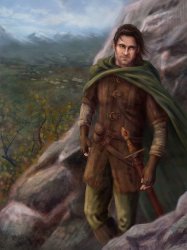
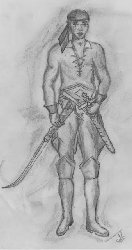
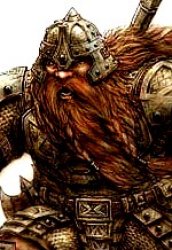
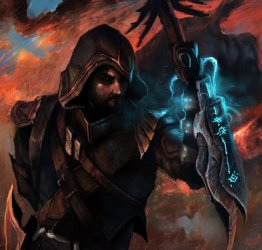
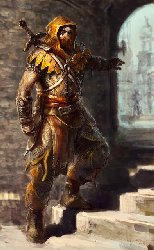
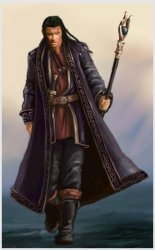
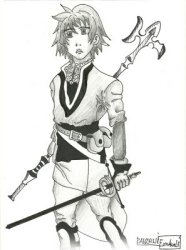


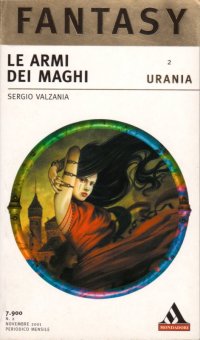

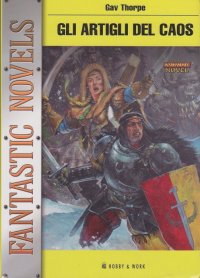



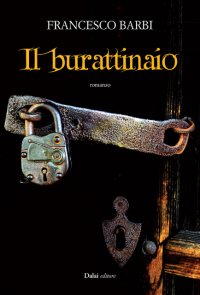

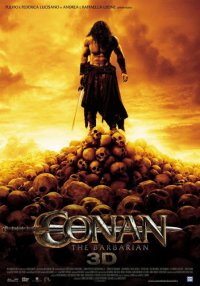

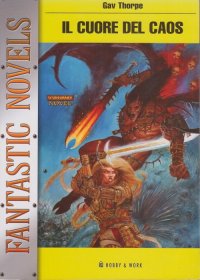

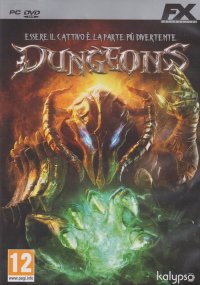
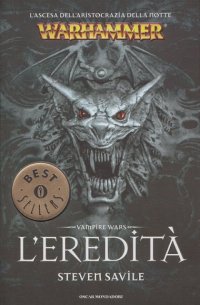



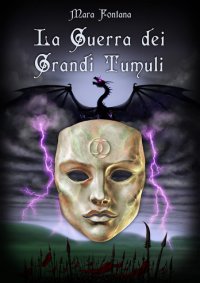

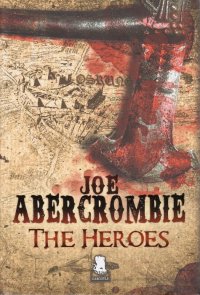


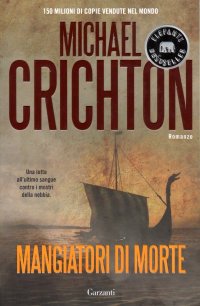
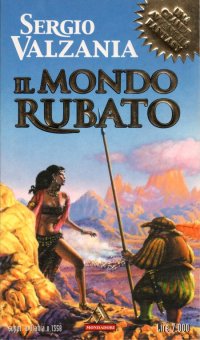

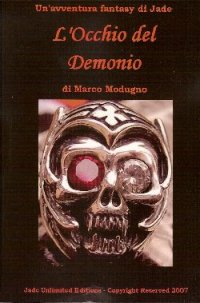





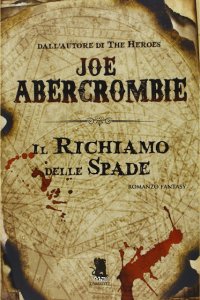


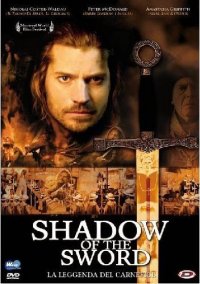

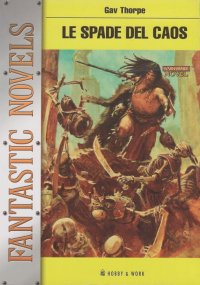
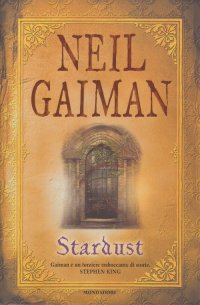


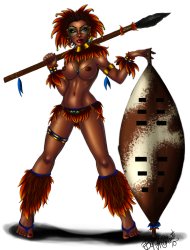

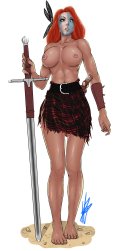
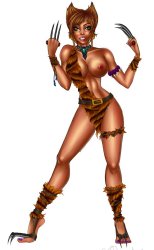


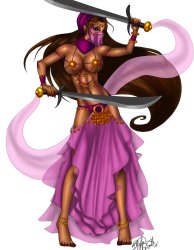



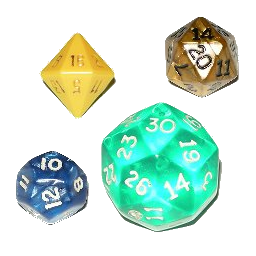
No comments:
Post a Comment